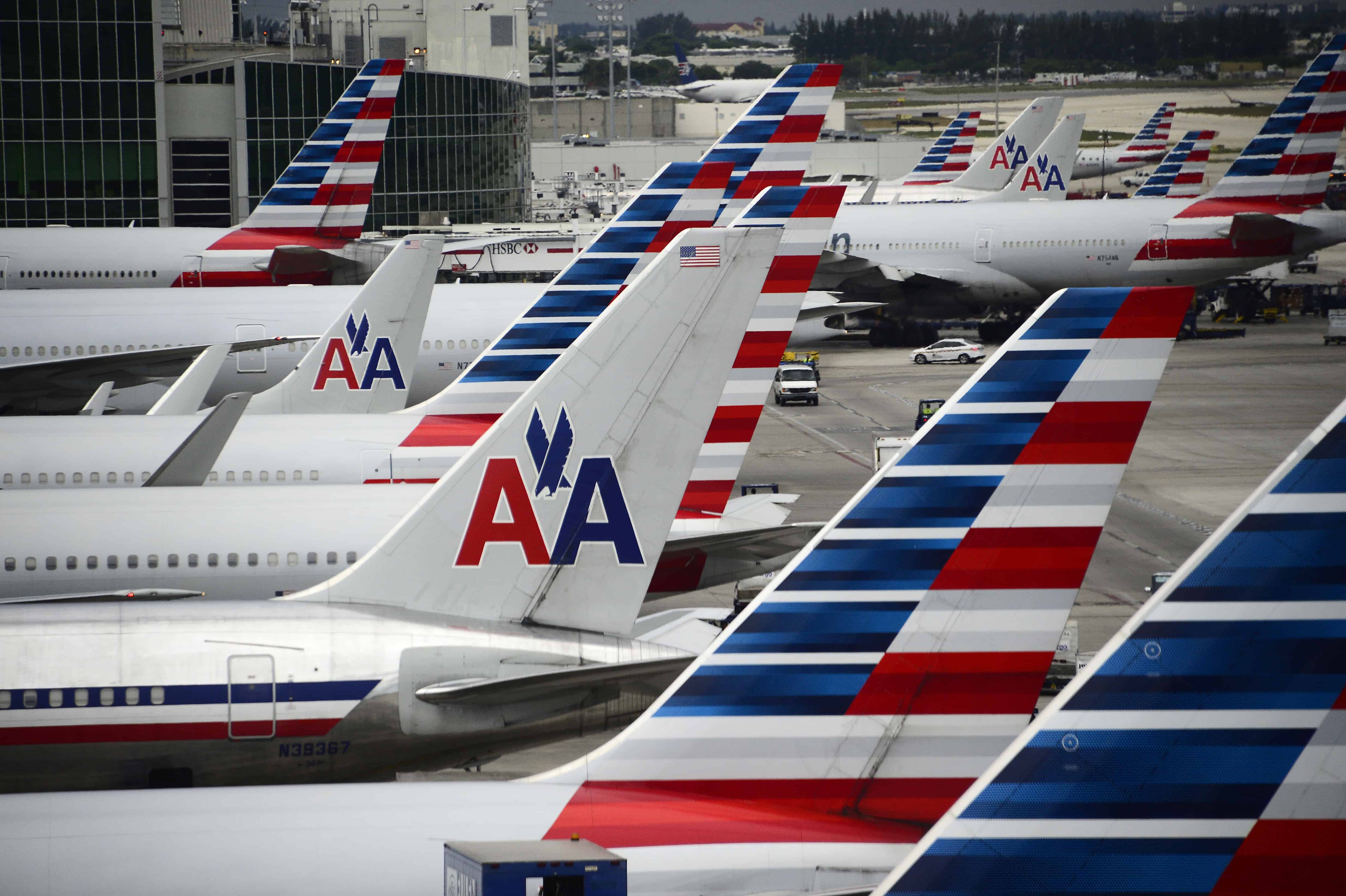Costa Rica will welcome tourists from select U.S. states starting in September, the Tourism Board announced Wednesday.
Residents of the following states will be permitted to enter Costa Rica as tourists: New York, New Jersey, New Hampshire, Vermont, Maine and Connecticut.
This will represent five flights per week — less than 5% of pre-pandemic volume — with airlines offering limited routes to Juan Santamaría International Airport near San José and Daniel Oduber Quirós International Airport near Liberia, Guanacaste.
“We are taking very gradual and carefully analyzed steps in the direction of the revitalization of tourism that is very necessary for the protection of the social progress that Costa Rica has achieved through this industry,” said Gustavo Segura, Tourism Minister.
Costa Rica’s requirements for entry for U.S. tourists
- All people entering Costa Rica must complete the digital epidemiological form. This is known as the “Health Pass” or “Pase de Salud.” Click here for a link to the form.
- Tourists must obtain a negative PCR-RT coronavirus test. The sample for this test must have been taken at most 48 hours before the flight to Costa Rica.
- Tourists must purchase travel insurance that covers accommodation in case of quarantine and medical expenses due to COVID-19. This policy can be international or purchased from Costa Rican insurers.
- Tourists from the United States must demonstrate, via their driver’s license, that they live in one of the authorized states.
Two Costa Rican companies sell pre-approved travel insurance plans: The National Insurance Institute (INS) and Sagicor. Tourists opting for a foreign policy must demonstrate proof (in English or Spanish) that their policy:
- Is valid throughout the planned visit to Costa Rica.
- Covers medical expenses in cases of COVID-19 in Costa Rica, for at least $50,000 (fifty thousand United States dollars).
- Includes a minimum coverage of $2,000 for expenses of extended lodging due to the pandemic.
At this time, there are no exceptions to the insurance requirement for homeowners entering Costa Rica on a tourist visa.
Private flights from U.S. also allowed
Segura announced Wednesday that private flights carrying tourists from the United States will also be permitted as of September 1. These passengers will be subject to the same requirements as those coming via commercial flights.
A gradual maritime reopening
With the same requirements for entry, foreigners will be allowed to enter Costa Rica on private yachts starting September 1. (Tourists need a negative PCR test, insurance and to complete the Health Pass.)
According to the Costa Rica Tourism Board, “if passengers don’t bring a negative PCR test with them, or if they set sail from a city or country that has not been authorized, they will receive a quarantine health order” with a length based on the date of the vessel’s last port of call.
While not detailed explicitly by the ICT on Wednesday, our understanding is the quarantine option applies only to citizens and Costa Rica residents, as the PCR-RT test is a legal requirement for arriving tourists.
Summary: Costa Rica reopening to U.S. tourists
In 2019, 53% of international arrivals by air were from the United States, according to the Costa Rica Tourism Board. On average, U.S. tourists stayed in the country for 12.6 nights, spending $172 per day.
Tourists who make it into Costa Rica may enjoy an ideal vacation. While beaches close at 2:30 p.m., open-air tourism activities are permitted, and most national parks are open. (Better yet: They’re emptier than usual!) Rental cars and tourist buses aren’t subject to vehicular restrictions, limiting the impact that Costa Rica’s complex health measures have on visitors.
At the same time, tourists must recognize they are guests, and respect the rules designed to safeguard healthcare resources and citizens’s health.
Reopening borders to U.S. visitors will undoubtedly help Costa Rica’s tourism-dependent economy. It’s also a decision that must be balanced carefully, as the country reaches new highs in COVID-19-related hospitalizations.
For instance, Costa Rica kept Florida off its list of approved states — “the epidemiological indicators force us to be very prudent for residents of Florida,” Segura said — sacrificing the economic boon provided by the usual stream of flights from Fort Lauderdale and Miami.
There will be much more news on this U.S. reopening over the coming days as the Tourism Board’s announcement is officialized by Costa Rican decrees. Notably, we’ll be confirming:
- What identification U.S. citizens without driver’s licenses can use.
- How this policy impacts Costa Rican residents/citizens returning from the United States.
- Whether the U.S. Embassy in Costa Rica will resume visa services, which would allow for a flow of Tico tourists to the U.S.
- If the U.S. State Department changes its Level 4 travel advisory on Costa Rica, which would attract potential visitors.
In the future, we’re curious as to how Costa Rica will manage residents of states that have controlled the coronavirus but that are geographically far from airports with direct flights to Costa Rica.
As we saw with Costa Rica’s August reopening, authorities sometimes cause confusion before there is clarity. Some patience will be necessary as Costa Rica — and the world — continue to respond to a complex and ever-changing global situation.






